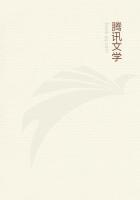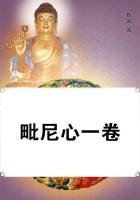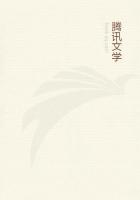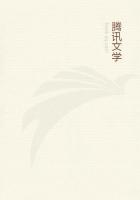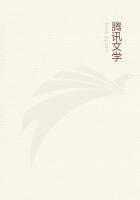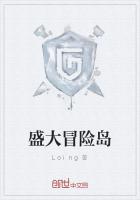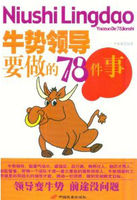Let us first note the ease with which the barbaric or uncultivated mind reaches all manner of apparently fanciful conclusions through reckless reasoning from analogy. It is through the operation of certain laws of ideal association that all human thinking, that of the highest as well as that of the lowest minds, is conducted: the discovery of the law of gravitation, as well as the invention of such a superstition as the Hand of Glory, is at bottom but a case of association of ideas. The difference between the scientific and the mythologic inference consists solely in the number of checks which in the former case combine to prevent any other than the true conclusion from being framed into a proposition to which the mind assents. Countless accumulated experiences have taught the modern that there are many associations of ideas which do not correspond to any actual connection of cause and effect in the world of phenomena; and he has learned accordingly to apply to his newly framed notions the rigid test of verification. Besides which the same accumulation of experiences has built up an organized structure of ideal associations into which only the less extravagant newly framed notions have any chance of fitting. The primitive man, or the modern savage who is to some extent his counterpart, must reason without the aid of these multifarious checks. That immense mass of associations which answer to what are called physical laws, and which in the mind of the civilized modern have become almost organic, have not been formed in the mind of the savage; nor has he learned the necessity of experimentally testing any of his newly framed notions, save perhaps a few of the commonest. Consequently there is nothing but superficial analogy to guide the course of his thought hither or thither, and the conclusions at which he arrives will be determined by associations of ideas occurring apparently at haphazard. Hence the quaint or grotesque fancies with which European and barbaric folk-lore is filled, in the framing of which the myth-maker was but reasoning according to the best methods at his command. To this simplest class, in which the association of ideas is determined by mere analogy, belong such cases as that of the Zulu, who chews a piece of wood in order to soften the heart of the man with whom he is about to trade for cows, or the Hessian lad who "thinks he may escape the conscription by carrying a baby-girl's cap in his pocket,--a symbolic way of repudiating manhood."[157] Asimilar style of thinking underlies the mediaeval necromancer's practice of making a waxen image of his enemy and shooting at it with arrows, in order to bring about the enemy's death; as also the case of the magic rod, mentioned in a previous paper, by means of which a sound thrashing can be administered to an absent foe through the medium of an old coat which is imagined to cover him. The principle involved here is one which is doubtless familiar to most children, and is closely akin to that which Irving so amusingly illustrates in his doughty general who struts through a field of cabbages or corn-stalks, smiting them to earth with his cane, and imagining himself a hero of chivalry conquering single-handed a host of caitiff ruffians. Of like origin are the fancies that the breaking of a mirror heralds a death in the family,--probably because of the destruction of the reflected human image; that the "hair of the dog that bit you" will prevent hydrophobia if laid upon the wound; or that the tears shed by human victims, sacrificed to mother earth, will bring down showers upon the land. Mr. Tylor cites Lord Chesterfield's remark, "that the king had been ill, and that people generally expected the illness to be fatal, because the oldest lion in the Tower, about the king's age, had just died. 'So wild and capricious is the human mind,' " observes the elegant letter-writer. But indeed, as Mr. Tylor justly remarks, "the thought was neither wild nor capricious; it was simply such an argument from analogy as the educated world has at length painfully learned to be worthless, but which, it is not too much to declare, would to this day carry considerable weight to the minds of four fifths of the human race." Upon such symbolism are based most of the practices of divination and the great pseudo-science of astrology. "It is an old story, that when two brothers were once taken ill together, Hippokrates, the physician, concluded from the coincidence that they were twins, but Poseidonios, the astrologer, considered rather that they were born under the same constellation; we may add that either argument would be thought reasonable by a savage." So when a Maori fortress is attacked, the besiegers and besieged look to see if Venus is near the moon. The moon represents the fortress; and if it appears below the companion planet, the besiegers will carry the day, otherwise they will be repulsed. Equally primitive and childlike was Rousseau's train of thought on the memorable day at Les Charmettes when, being distressed with doubts as to the safety of his soul, he sought to determine the point by throwing a stone at a tree. "Hit, sign of salvation; miss, sign of damnation!" The tree being a large one and very near at hand, the result of the experiment was reassuring, and the young philosopher walked away without further misgivings concerning this momentous question.[158]
[157] Tylor, op. cit. I. 107.
[158] Rousseau, Confessions, I. vi. For further illustration, see especially the note on the "doctrine of signatures,"supra, p. 55.

